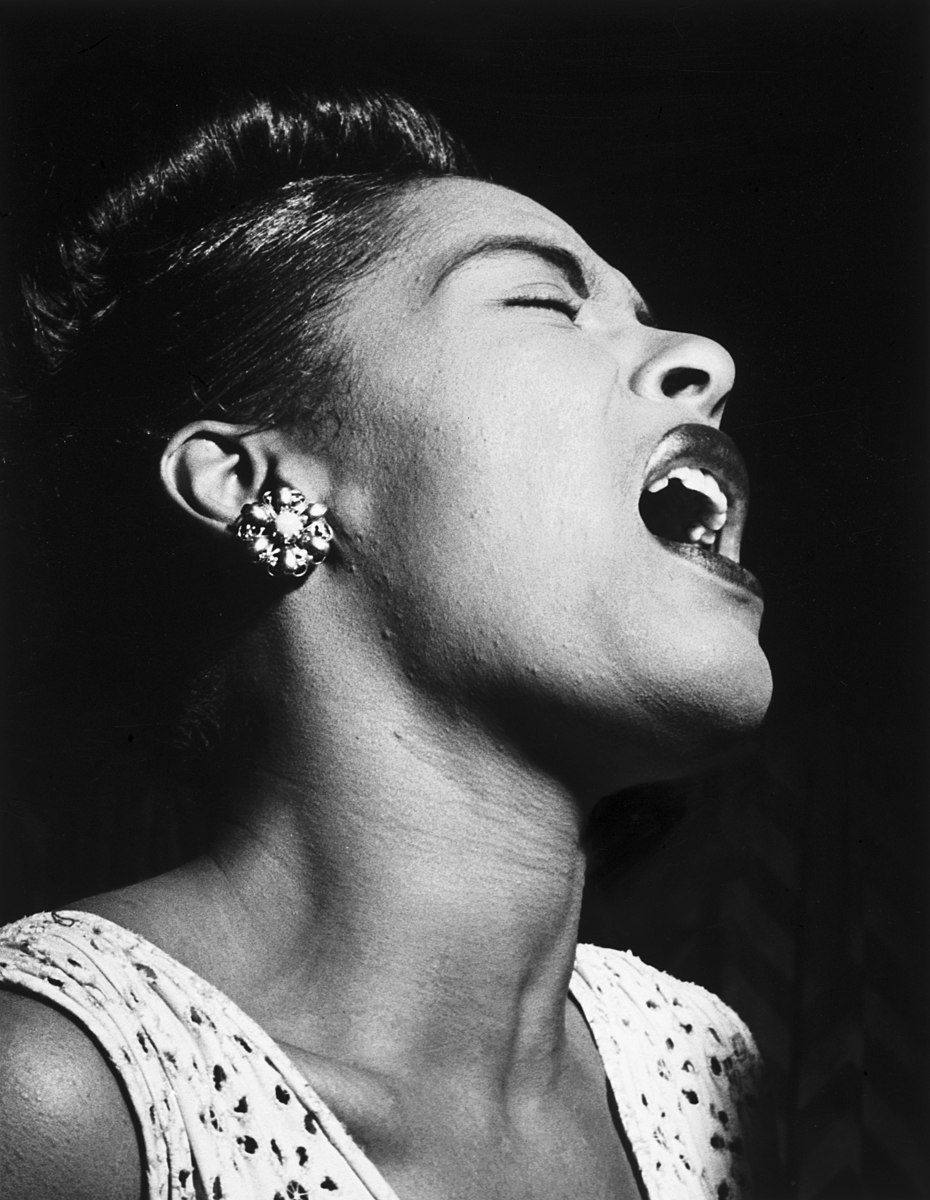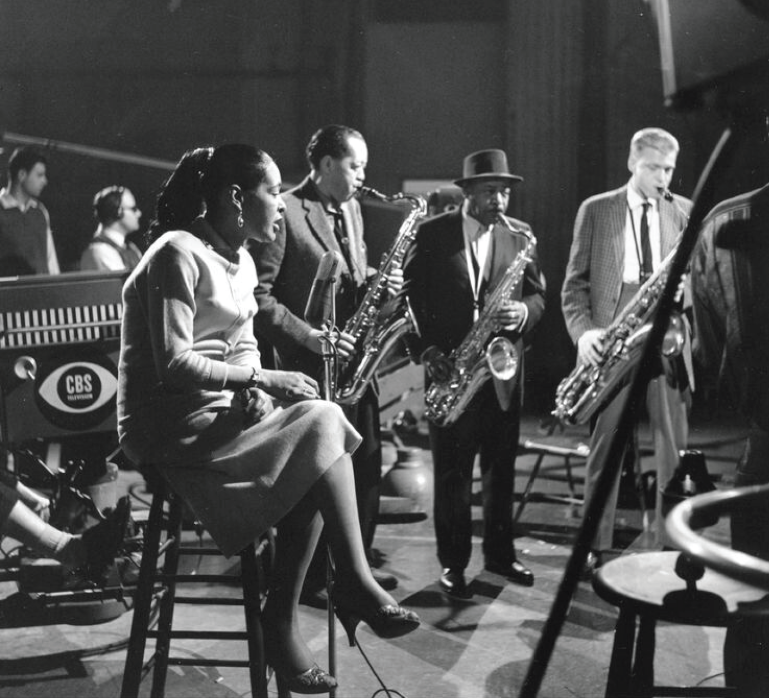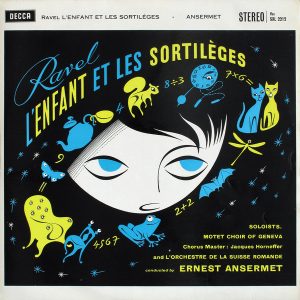Grab onto the sides of your chairs so you don't fall over like I did when you hear this superb new transfer of Billie Holiday's Lady in Satin. The sound quality is simply gorgeous—alive, dynamic, transparent, with great accuracy of timbre in both instruments and voice. Billie Holiday is in the room with us, folks.
Lady in Satin - Billie Holiday, with Ray Ellis and his orchestra. HDTT 1958, 2022 (Pure DSD256 transfer from a 15ips 2-track tape) HERE
This new HDTT transfer in Pure DSD256 sounds more lifelike, with more accurate instrumental timbre, with more separation and air around the instruments, and much greater overall resolution, than any of the alternative commercial digital releases we have in our music library to compare against.
The improvement in you-are-there realism is not subtle. One section that just knocked me off my seat was the trombone entry in "Violets for Your Furs"—it was just deliciously natural sounding by comparison with the other releases. This instrument was convincingly making a statement.
And most importantly, the reproduction of Billie Holiday's voice is simply superb. Her voice has all the depth, texture, raspy coarseness, and resolution that the others lacked. This is a "real" Billie Holiday in her penultimate recording, with all the natural imperfections, subtle inflection, wry humor, and deep sadness that this great artist is known for. The transfer very accurately captures the ravaged condition of her voice—it is not the sultry velvety thing of her youth. But, oh boy, can she still sing. Her delivery is infused with her experience. This is pure Billie Holiday.
For this release, HDTT's Bob Witrak obtained access to yet another outstanding quality 15ips 2-track tape. But, he's not inclined to say more than this about the tape or his source. And this is understandable. Many tape collectors value their privacy. Bob is honoring that privacy. And as long as he can keep uncovering and releasing such wonderful gems as this, I will be a very happy listener.
An interesting historical note about his album is that Billie Holiday did not record these songs in the studio with Ray Ellis and his orchestra. The stories of the recording session are that Lady Day was struggling that day. So, the decision was made for Ellis to record the instrumental accompaniment independently. Billie Holiday's voice was then recorded separately as she listened to the Ellis tracks through headphones. It was a 1958 multitrack mixdown!
But, boy do I like this album. And it is simply the distilled magic that is Lady Day.
Billie Holiday, circa February 1947. Public domain image.
Bob Witrak contacted me by email a week or so ago, saying: "I have a good tape of Lady in Satin...Do you have any releases you can compare it to?" Bob is always brief and direct in his emails. But clearly he wanted another set of ears to confirm what he was thinking: that this would be worth releasing. If it didn't sound better than the multiple other digital releases, then there would be no point in HDTT releasing it. Fortunately, our answer was, "Well, yes we do."
And the next morning, Ann and I spent some careful comparative listening time. We responded to Bob: "We've listened to your new tape transfer and we both think it sounds terrific. We compared it to three other digital reissues that we have here. Your transfer sounds more lifelike, with more accurate instrumental timber, more separation and air around the instruments, and much greater resolution overall. It was not subtle." After summarizing the limitations we heard in each of the various other digital reissues, we concluded with: "So, yes, we hope you will release this. It blows away the other digital copies we have here."
If you haven't figured this out yet, I'm excited by this release from HDTT. It is terrific.
Lady in Satin, to me, is one of the major jazz albums in history by the woman who changed jazz singing forever. In many ways, this album is Billie Holiday at her worst. But in so many other ways it is the most interesting and engaging way to first encounter Billie Holiday. Simply because her voice was past its prime, her way with words, phrases, inflection, become all the more apparent.
A.B. Spellman of the National Endowment for the Arts said in a PBS interview (HERE) that if he were to select one one particular record to start someone in their Billie Holiday collection, this would be the one. He says it is her power to bend notes very slightly to make important changes to the melody that is illustrated in every song on the record. Billie Holiday had a distinct signature style that transformed a song into a personal story that was convincing and believable. As she once said, “I hate straight singing. I have to change a tune to my own way of doing it. That’s all I know.” She brought her own story into her music.
It is the song "You've Changed" that demonstrates the power of Lady in Satin. Spellman continues, "Here you have Billie Holiday really stripped down to the minimum. You can hear the slurs, the way she breaks notes, the way she bends even one-syllable words. You can hear her—how she phrases, you can hear the liberty she takes with melodies, how she sings above or behind it. You can hear it better on the earlier records, but what you can't get on the earlier records is this incredible life in the music."
A huge number of articles have been written about Billie Holiday and this album, Lady in Satin. If you want to learn more about her and the background to this album, I applaud and encourage you. Here are a few articles to get you started:
- JazzWax - Billie Holiday: Lady in Satin
- Classical Albums Sundays - Billie Holiday: Lady in Satin
- NPR Interview with A.B. Spellman, National Endowment for the Arts
You'll also find some wonderful archival photos in the articles above.
[Edit, October 4, 2022] And for those of you who love Billie Holiday, don't forget about her presence on the live radio broadcast The Sound of Jazz with Lester Young, Coleman Hawkins, Gerry Mulligan for which HDTT has released the rehearsal tapes HERE. PF review HERE.










































